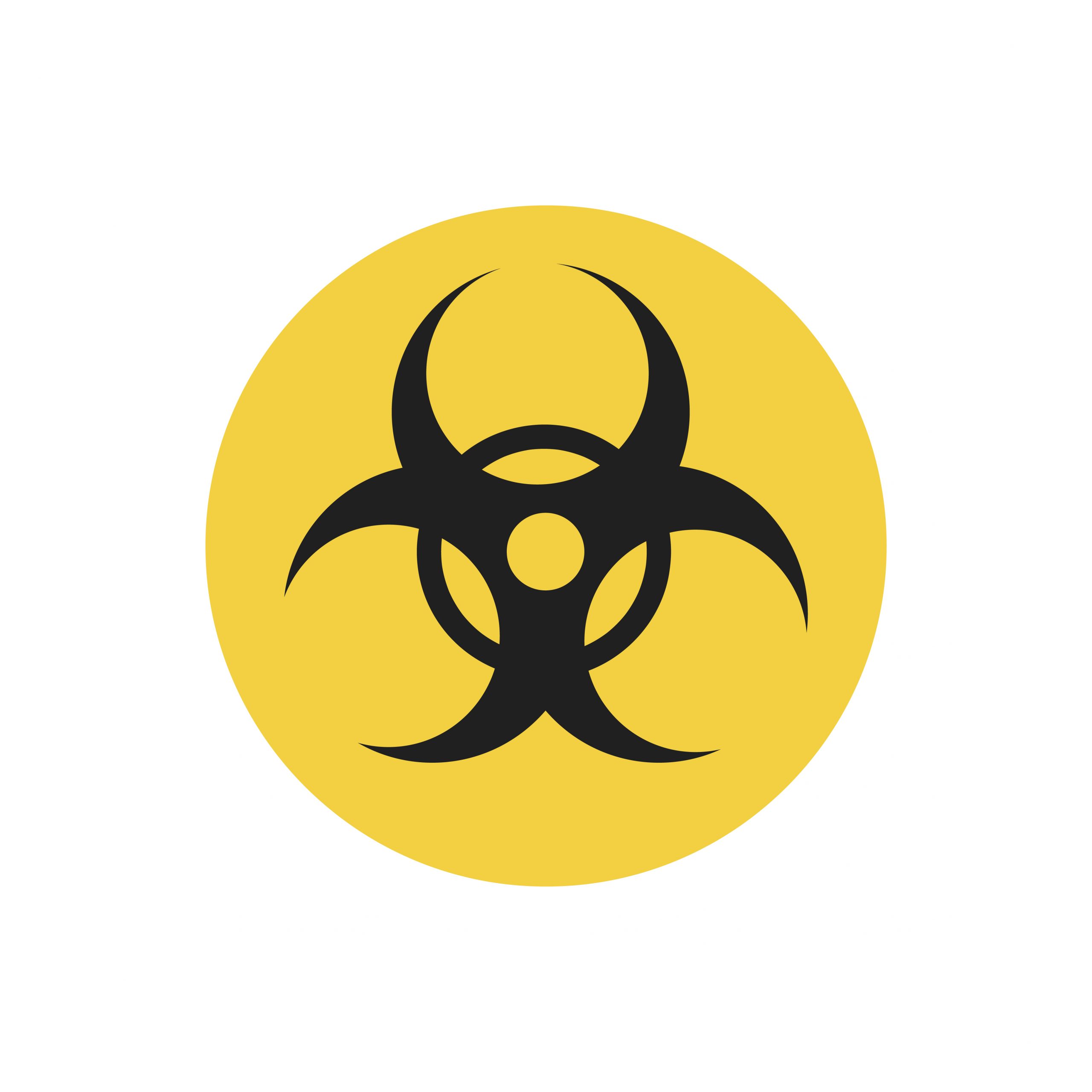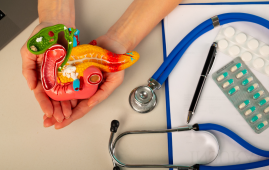

An experimental oral medicine for eliminating radioactive pollutants from inside the body has begun its first-in-human clinical study. The experiment is evaluating the safety, tolerability, and in-body processing of increasing dosages of the investigational medicinal product HOPO 14-1 in healthy persons. The Phase 1 experiment, sponsored and conducted by SRI International of Menlo Park, California, is funded by the National Institute of Allergy and Infectious Diseases (NIAID), a component of the National Institutes of Health.
When radioactive elements are absorbed through damaged skin, breathed, or swallowed, they cause internal radioactive pollution. This might be caused by a nuclear power plant accident or the detonation of a “dirty bomb(link is external)” or nuclear weapon. As radioactive atoms decay, they emit ionizing radiation, which can harm DNA, tissues, and organs. To reduce the danger of this damage, eliminate radioactive elements from the body as soon as possible after contamination occurs.
Two products for eliminating internal radioactive pollutants have been approved by the Food and Drug Administration. Both of these medications, which are based on diethylenetriamine pentaacetate (DTPA), are delivered intravenously by a healthcare provider and have the ability to eliminate three radioactive elements: plutonium, americium, and curium.
HOPO 14-1, on the other hand, has been developed as an oral capsule for Radioactive Contamination, which would be easier to stockpile, deploy, and deliver during an emergency than an intravenous medicine. HOPO 14-1 has been proven in preclinical studies to effectively remove a wide range of radioactive pollutants, including uranium and neptunium, as well as plutonium, americium, and curium. According to these experiments, HOPO 14-1 is up to 100 times more effective than DTPA at binding and removing radioactive materials.
Since 2006, the NIAID has financed the discovery and development of HOPO 14-1. The drug’s active pharmaceutical ingredient is known as 3,4,3-LI(1,2-HOPO).
Sascha N. Goonewardena, M.D., a physician investigator at SRI’s Clinical Trials Unit and an assistant professor of medicine at the University of Michigan Medical School in Ann Arbor, is leading the clinical research at a site in Plymouth, Michigan. The research team will enroll 42 healthy people ages 18 to 65 in seven groups of six. Each participant in the first group will receive a dose of HOPO 14-1 of 100 milligrams (mg). If lower levels are considered safe, the successive groups will receive steadily higher doses of the study drug, up to 7500 mg in the last group. Participants will be subjected to rigorous safety monitoring and will be tracked for 14 days in order to assess the absorption, distribution, and elimination of the study medication. The findings are due in 2024.
more recommended stories
 36-Week Pre-eclampsia Screening May Reduce Term Risk
36-Week Pre-eclampsia Screening May Reduce Term RiskA New Preventive Strategy for Term.
 Cardiovascular Risk and Sudden Cardiac Death in Diabetes
Cardiovascular Risk and Sudden Cardiac Death in DiabetesRising Sudden Cardiac Death (SCD) Risk.
 Poor Kidney Function and Alzheimer’s Biomarkers Explained
Poor Kidney Function and Alzheimer’s Biomarkers ExplainedPoor kidney function may influence levels.
 Walking Speed Before Hip Replacement Predicts Recovery
Walking Speed Before Hip Replacement Predicts RecoveryNew Evidence Points to a Simple,.
 Neuroblastoma Drug Combo Extends Survival in Models
Neuroblastoma Drug Combo Extends Survival in ModelsA Promising Shift in High-Risk Neuroblastoma.
 How Soybean Oil Impacts Weight Gain and Metabolism
How Soybean Oil Impacts Weight Gain and MetabolismWhy Soybean Oil May Affect Metabolism.
 Coffee and Cognitive Function: Evidence Review
Coffee and Cognitive Function: Evidence ReviewA new narrative review in Cureus.
 Colorectal Cancer Screening Rates Low in Adults 45–49
Colorectal Cancer Screening Rates Low in Adults 45–49Recent UCLA research reveals that colorectal.
 Gut Immune Cells and Long-Lasting Antiviral Protection.
Gut Immune Cells and Long-Lasting Antiviral Protection.Breakthrough Findings on How Gut Immune.
 Mild Pancreatic Duct Dilatation Signals Higher Cancer Risk
Mild Pancreatic Duct Dilatation Signals Higher Cancer RiskEarly Structural Changes Offer Critical Clues.

Leave a Comment